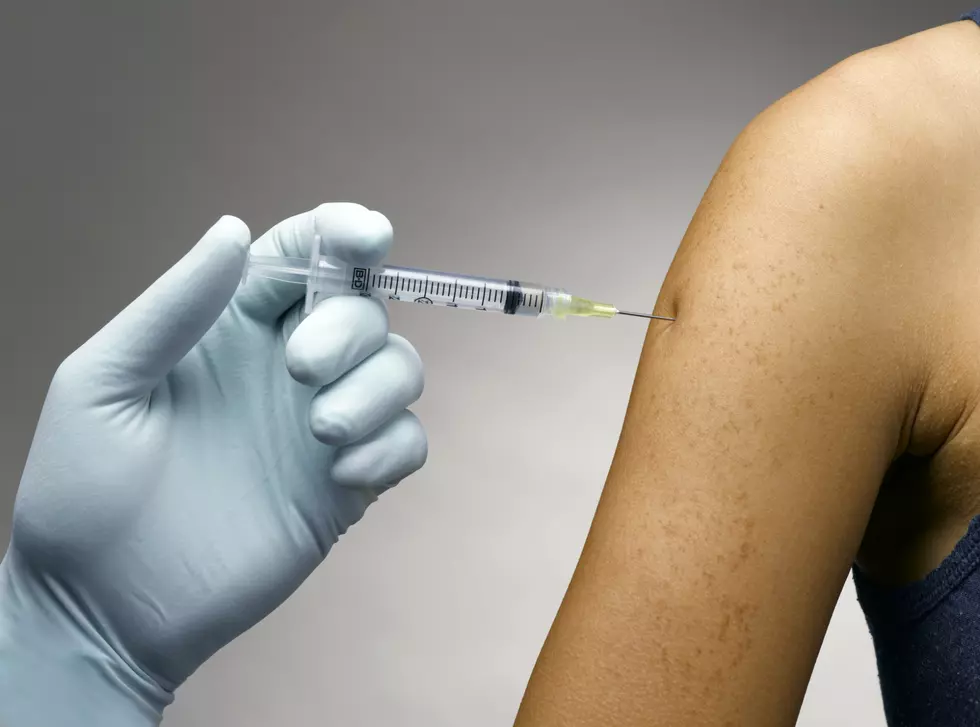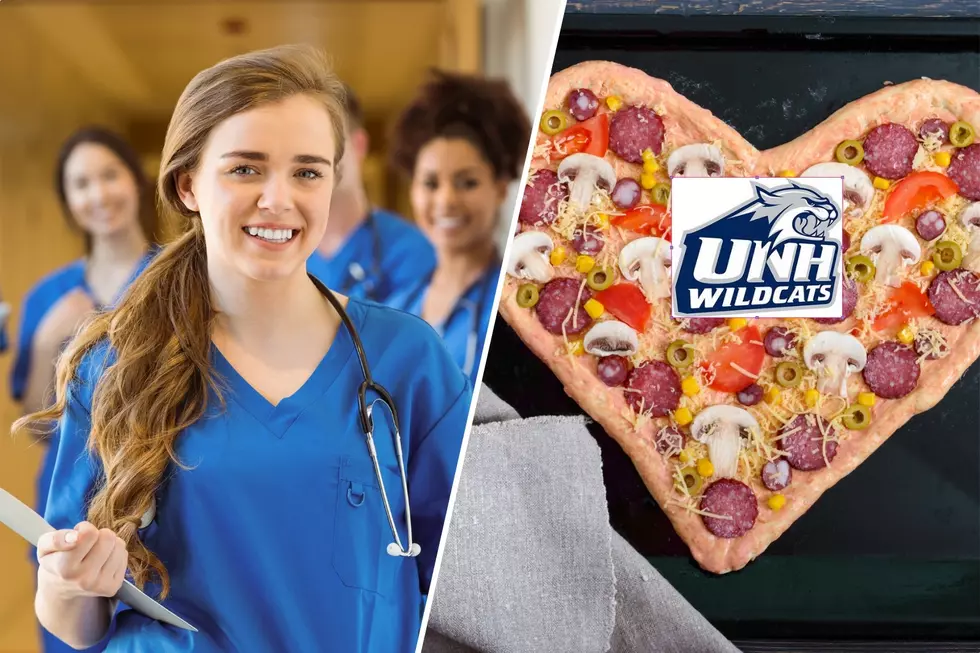
Answers to Your Questions About Getting Vaccinated in New Hampshire
''When it comes to getting vaccinated, we should know the answer to "why" by now. If you don't plan on getting vaccinated that is your decision and the information I am going to unpack in this article will not be of interest to you. Ta ta! Thank you for stopping by.
The whole vaccination roll out has been a bit of a bumpy road because it is uncharted territory for us all. Most of us weren't alive in 1918 to see how the Spanish Flu went down. So we are all trying our best. This week, Governor Sununu and the state of New Hampshire answered some burning questions we have had about how to obtain this vaccine. I will do my best to unpack this information in a concise and digestible way. WMUR did most of the leg work and I am just going to highlight some key points.
According to the article, New Hampshire has launched a new Vaccine and Immunization Network Interface, which they call VINI. For more info on how to use it, go here.
The article says Ideally the timeline will go something like this:
- Step 1: Screening, medical acknowledgment, pre-registration and confirmation
- Step 2: Schedule your appointment
- Step 3: Get vaccinated
- Step 4: Get a second dose, if needed (Pfizer and Moderna vaccines require two doses)
- Step 5: Receive your verification message by email (or through the system)
The article states that the hope with VINI is that it will eliminate big frustrations when it comes to making second dose appointments. When a person gets their first Pfizer or Moderna vaccine their second appointment will be clearly spelled out on the back of the vaccination card. That is reassuring!
Let's back it up though. Once you have scheduled your first appointment what do you need to complete prior to the appointment/bring with you on the day?
- First complete your pre-vaccination questionnaire which they will email you.
- Bring proof on NH residency and the QR code (which they will also email to you
The article outlines who is eligible in the phase 2A and what documents they are required to bring.
- K-12 teachers, staff
- People who work in licensed child care settings. This includes summer or youth programming, early head start programs, youth camps, Those in license-exempt child care settings enrolled in DHHS' Bureau of Child Development
WMUR states that folks registered in phase 2a must bring a NH driver's license or non-driver ID card AND proof of employment which can be in the form of:
- a Payroll check, payroll document or employment contract within the last 60 days.
- A letter on school, childcare facility or youth camp letterhead stating that you meet Phase 2A eligibility.
- A photo identification card issued by a school, childcare facility, or youth camp.
If you haven't been paying attention, Phase 1A is underway now which includes High-risk health workers, Long-term care residents, First responders. Phase 1B is also underway which includes all people who are 65 or older.
For all of the future phases, who will be eligible, and the timeline for each keep an eye on WMUR.
READ ON: See the States Where People Live the Longest
The 100 Best Places to Live on the East Coast
More From 97.5 WOKQ









